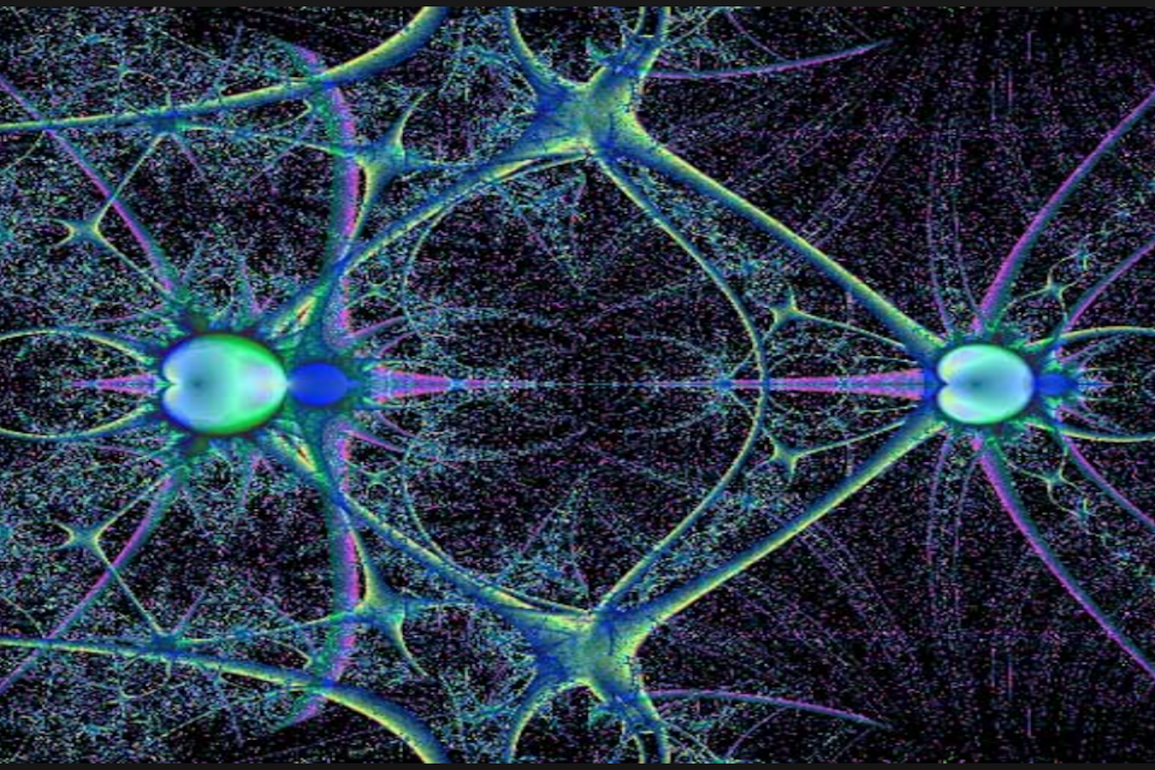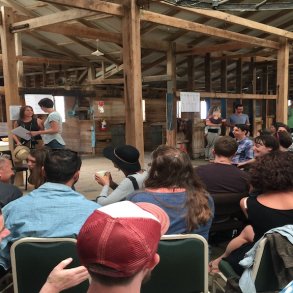Interview with Dr. Kamyar Hedayat by Anna Betz for Enlivening Edge Magazine
What can a Teal ‘manager’ learn from the body as a living system?
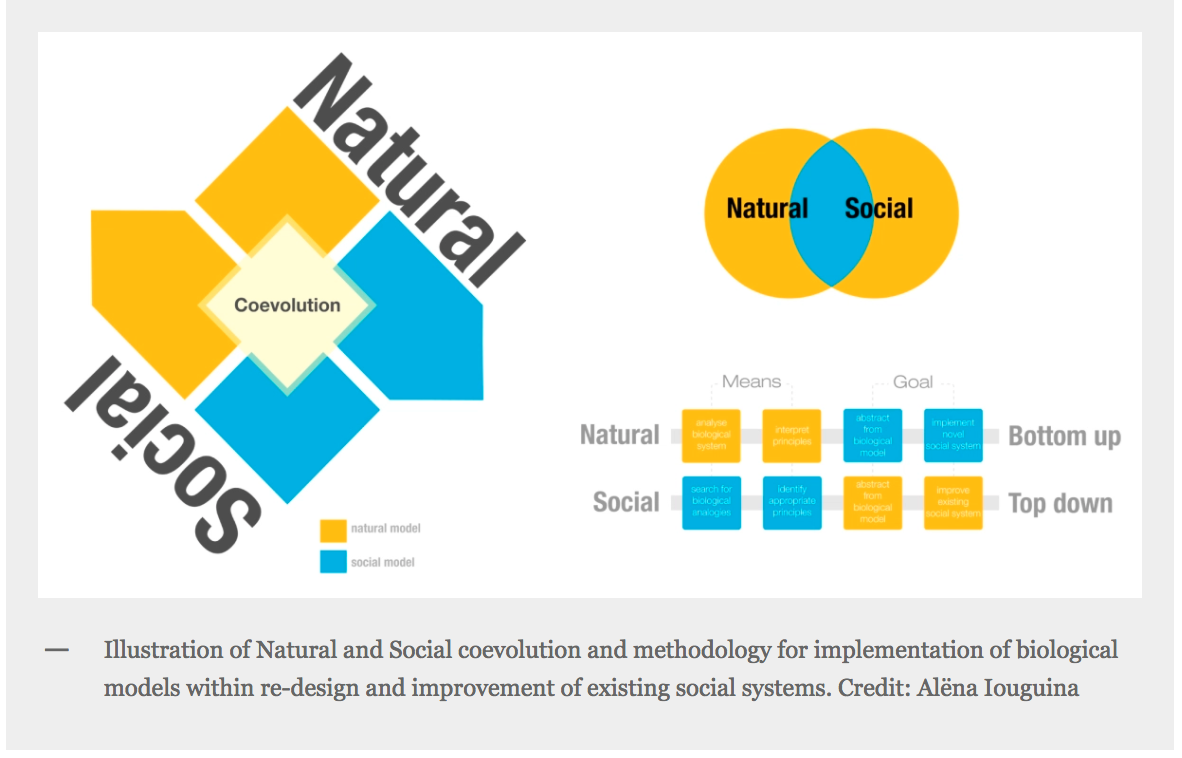
How can Endobiogeny, as an integrative approach, help us to understand and make sense of how living systems operate, and even learn why our social systems are in crisis and what we can to do to bring them into better balance?
In my work with organisations, I often draw naturally on my understanding of endobiogenic principles, which is why I interviewed one of the experts in this field to help refine my own understanding. By sharing it with others, I am hoping to deepen our understanding of similarities and differences of how individual biologic systems and social systems operate.
Understanding complex systems, how they operate, heal, adapt, maladapt, or break down and die has been a long-term curiosity of mine. As a medical herbalist, I encountered Endobiogenic Medicine about eight years ago and was intrigued by its integrative framework which includes and transcends both the orthodox scientific as well as the natural holistic model of medicine. Studying and practicing this kind of medicine has helped me understand and make sense of how all kinds of living systems operate like individual biologic systems.
The study and treatment of complex systems in human beings has brought to Dr. Hedayat a deep appreciation of physiologic management. Endobiogeny offers a model of how multiple complex systems within the body are regulated and managed by the endocrine system (hormones).
According to the theory of Endobiogeny, Life is expressed in a coherent and organized fashion. This organization arises not from control but from dynamism. Dynamism can only occur because of two things we observe: all sub-systems are interconnected and also are interrelated in their functions. The genius of evolution has ensured that our physiology acts in a cooperative manner for the good of each part and the whole of the system.
From these observations we find that a theory of management of human beings as super-systems can be developed using the same principles that regulate our individual bodies.
The whole interview is available in 4 parts, currently unavailable.
Can Endobiogeny as a systemic and integrative approach to medicine inform organisational change? Could it help us understand how social organisms evolve, thrive or die?
The theory of Endobiogeny is a theory of terrain. That means Endobiogeny looks at how a living system comes into being and how it manages itself at every level of interaction: with itself, with other living systems, and within the larger context of its environment. Endobiogeny is interested in both the internal functioning of the living system and in how it functions with all other living systems around it. In principle, the essence of any living system is defined by the harmonious rhythms within its own internal interactions.
Six Properties of Living Systems, according to Endobiogeny
Integration
Integration refers to the way in which various processes and actions follow one another. Therefore, if something is working particularly hard, other processes should work at the same level of intensity. If something is working for a shorter or longer time, the processes related to it will need to adjust themselves to work in a similar fashion.
Interrelatedness
Interrelatedness refers to the degree of connectedness of structures and functions to each other. It can be intense or weak, short- or long-lived, frequent or infrequent. The cell functions in a certain way both in relation to itself and in relation to neighbouring cells. The basic principle of functioning is that each unit of function has to function for its own benefit, but within an integration and interrelatedness of how its own actions affect others around it. The more integrated it feels with other units of function, the more it will regulate how it acts according to how it affects other units.
Emergent properties
We don’t consider something as self-organising and living until it gets to a certain level of organisation that we call a “cell.” It means there is an emergent property of life which occurs when all these molecules come together in a certain arranged way, and that arrangement is what we call a living system. From the cell to the tissue, to the organs, and from the organ to the entire organism, there appear increasing emergent properties that were not present at lower hierarchies of organisation.
Demergent properties
With greater levels of organisation and a greater number of interrelatedness of different units and subunits, we also lose certain levels of efficiency of function. If it was only a matter of emergent properties, every society, every organisation, every grouping of people would work in a completely harmonious way— just like each cell and tissue and organ in the body functions. Yet we don’t see that type of harmonious activity, or, historically we have seen it less frequently than we would have anticipated.
One of the things that explains why, at this time, social systems don’t work as living systems is because there is a demergence or loss of certain levels of connectivity which occurs with higher levels of organisation. Another explanation is that living systems work best when they allow themselves to function in a rhythmic way—according to the internal rhythm of their own biologic needs, as well as the external rhythm of the universe in which they live.
Rhythmicity
Where a social organisation allows each member to feel connected and invested in the internal functioning of the group, we find that it works in a more rhythmic way and has a longer lifespan. The tendency for groups to work in ways inharmonious with the capacity of all the members as a whole is what often leads to groups dissolving or separating.
Intuition
If we consider intelligence and consciousness to be defined as our awareness of our internal state and the external conditions with the ability to harmonise what is going on within us and around us, then the cell is really a very intelligent and conscious living system.
Yet as we go to higher levels of organisation like the human being, for example, very often we find that people don’t pay attention. One of the properties that becomes demergent in some higher levels of complexity is the ability to be sensitive to our own needs and to the needs of others and to use intuition as well as rational thought.
From the Endobiogenic perspective, encouraging more rhythmicity, more awareness of the needs of the group as well as the whole, and more awareness of the internal and external needs, are properties that could help social groups function better.
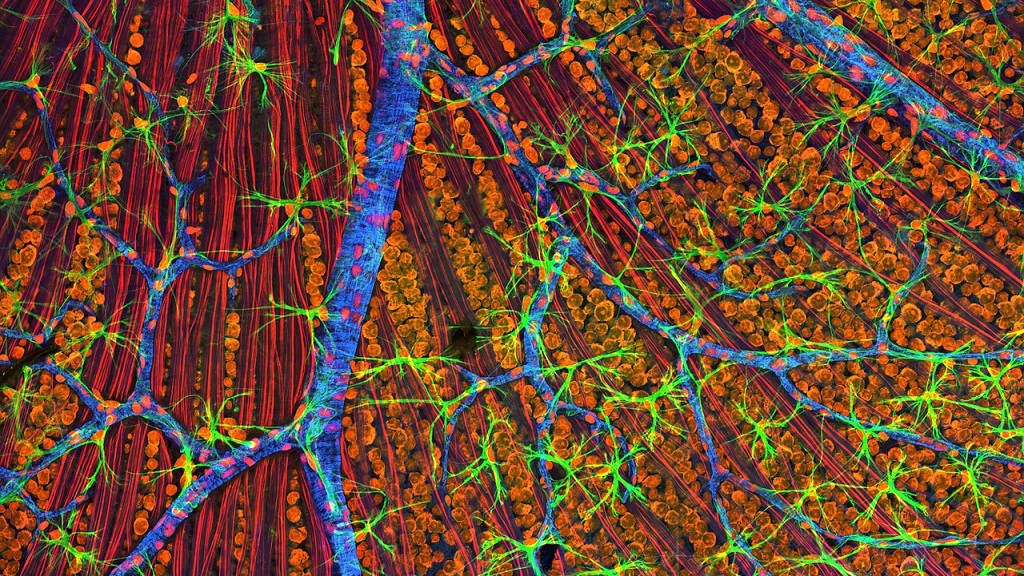
Integration of different ways of knowing in Endobiogeny
The importance of listening, interrelatedness and integrating different ways of knowing to get a global/holistic understanding of a system. Different ways of knowing and their integration is what Endobiogeny contributes. When we look at epistemology—the ways of knowing—we can say, in general, there have been four recognised ways of knowing.
Traditionalism
Traditionalism has a great value because it has proven ways of doing things, ways that worked for extended periods of time and for groups of people. One of the problems with exclusively relying on a traditional approach to knowledge is that people tend to restrict what information they are and are not willing to accept.
Empiricism
The value of an empirical approach is that it respects the knowledge of the individual, where the traditional approach respects the knowledge of the group. The hazard or potential limitation of growth with an empirical approach is people limiting the information they are willing to accept or exclude, in order to maintain their empirical beliefs.
Rationalism
Rationalism is the third level of knowing, which has really become the dominant mode of the last 500 years in parts of the world. Rationalism was a very important advancement in human knowledge and transmission of knowledge because it allowed, for the first time, others to receive and verify the empirical observations of individuals. Rationalism allowed us to break free from rigid thinking, superstitious thinking, and from fear. It allowed us to have a bold approach to knowing. The challenge with the rationalist approach is that it became inseparable from a reductionist approach which reduces complex interactions and entities to the sum of their constituent parts, in order to make them easier to study.
The problem is that over the last 500 years we have developed “naïve,” or, “absurd reductionism,” where we reduce things to the basic elements. Then we conclude that those elements alone are unconnected to anything else and are sufficient to study—that if we manipulate one factor, nothing else in the system will change.
The limitation of rationalism is that it leads to a reductionist approach where we try to solve complex problems with simple solutions. We take something out of the context of complexity and put it in an oversimplified model that doesn’t actually reflect the true dynamism of the problem.
Intuition
It allows the whole picture, or, gestalt to be seen instantaneously. It is a way of knowing that doesn’t use a rational, analytical approach. The advantage of an intuitive approach is that it allows you to see the big picture in all of its complexity and to find a solution that addresses the entire dynamic, rather than an individual element.
The challenge that we face now, in our rational or post-rational society, is that no one has access to the intuitive knowledge except for the person who has the intuition. And, at this time, there is no way for others to verify what a person has intuited. The intuitive model, while highly valuable, needs to be brought together with the rational and empirical ways of knowing. This allows people with intuition to demonstrate to those who don’t, the veracity of what they have intuited, through rigorous research and application of their intuition.
Endobiogeny as a synthetic and syncretic approach
It becomes clear, by evaluating the strength and weaknesses of each of these ways of knowing, that if we could take advantage of each of them, depending on the situation and the knowledge base of the individual knower, then we could have the greatest and highest degrees of freedom to be creative in our problem-solving approaches.
So what we have proposed in Endobiogeny is a fifth way of knowing: the synthetic and syncretic approach. This approach is grounded in the observation that the four other types of knowledge can be constantly interacting with each other in a dynamic and seamless way, so each problem can be viewed in a holographic and fractal way. Using this approach, we can go into different levels of a problem and use different ways of knowing in order to find the most creative and flexible solutions.
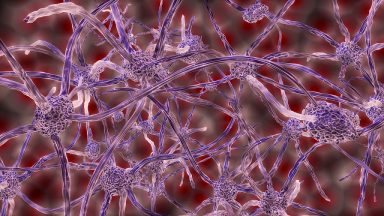
Is there a role for a “manager of a system” in Endobiogeny?
According to the theory of Endobiogeny, a manager must have certain qualities in order to allow the organism to regulate itself, to maintain the highest degree of integration and the most appropriate number of degrees of interrelatedness between the different parts in the system.
The first of three qualities that a manager must have is ubiquity, which means being able to be in contact with all parts of the system. The second is the ability to regulate those systems by allowing them to be aware of what other parts of the system are doing, matching their level of activity to their own needs, the needs of the other parts of the system and the system as a whole.
Finally, the manager must be able to regulate itself. At the level of living organisms, or living systems, the endocrine (hormonal) system is the only system that meets these criteria. It is responsible for metabolism: the ceaseless flow of breaking down and building up material. It is the union of opposites that constantly creates and ensures survival through the very acts of destruction and reconstruction.
In our new approach to human organisation, if we consider the role of the endocrine system as a model, then our managers at the level of human interaction will need to have the same qualities as the endocrine system. They will need to move amongst the people in the organisation and understand the individual needs of each person at each level of activity and responsibility. Their role will be more to facilitate the performance of individuals and groups who are dedicated to certain functions, rather than commanding or asking them to do something that’s not inherent in their nature or part of their skillset.
The role of adaptation and maladaptation according to Endobiogeny
The point here is that adaptation is always dynamic and creative, and that it is limited. The challenges that we face with organisations is constant tension between resistance and acceptance of change because it is inversely related to stability, but positively related to creativity. Conversely, we have organizations that change too frequently or expand too rapidly. This is similar to the problem that Marxism faced with the concept of permanent revolution. Human beings, and any type of living system, cannot live in a constant state of adaptating. Every war must come to an end; every challenge must lead to a resolution. It allows the organism or the organisation to regroup, repair and refresh itself in order to continue to function.
Living systems are highly efficient in their processes and they are constantly engaged in biochemical conversion. There’s very little waste or inefficiency in a biological organism. Much of the scarcity that we face today is due to over-consumption by certain parts of the global collection of humanity, and a high degree of inefficiency in the production, distribution, and utilisation of material. It’s not for a lack of resources.
Again, one of the tragic errors that was committed in the observation of inefficiency or desire to improve efficiency was this rationalist, reductionist approach. An example in crop output was: ” If plants grow faster with nitrogen, let’s just give them a lot of nitrogen (as fertiliser)”. And with the birth of artificial fertilisers and growth agents, we have over-farming and depletion of topsoil, avoidance of crop rotation, introduction of crops into areas where they’re not native and where they don’t grow well, and where they are resource-intensive for areas that do not have an abundance of those resources. A good example is growing corn in Africa.
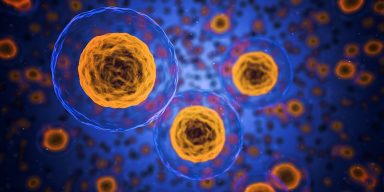
Do living systems have natural hierarchies?
In living systems a hierarchy does not mean more power; it means more responsibility, more service, and more complexity. Being organised and consisting of a greater number of subunits does not make one part of a living system better than another, it only means it has more responsibility. It has more service that it needs to do for the whole organisation.
If you take the liver, for example, you have a liver cell, you have a group of liver cells that form what’s called the hepatic lobule, or a mini part of the liver, and all those mini parts form the liver as a whole. There is a hierarchy between an individual cell, liver tissue, the grouping into lobules or mini sections, and the liver as a whole. The only result of that hierarchy is to say the liver as a whole has a much greater responsibility to all of the tissues and the cells within it than any one cell does to another cell.
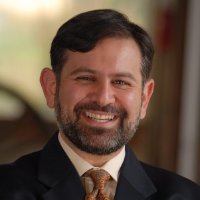 Kamyar M. Hedayat, M.D., is a Stanford-trained critical-care physician who specializes in complex living systems. He writes on theoretical and applied systems biology and integrative physiology from the perspective of a medical theory called Endobiogeny. Dr.Kamyar Hedayat is president and co-founder of ASEMIP: American Society of Endobiogenic Medicine and Integrative Physiology. His goal is to promote the training of practitioners of Endobiogeny, and support research into the clinical applications of Endobiogeny. Visit www.endobiogeny.com
Kamyar M. Hedayat, M.D., is a Stanford-trained critical-care physician who specializes in complex living systems. He writes on theoretical and applied systems biology and integrative physiology from the perspective of a medical theory called Endobiogeny. Dr.Kamyar Hedayat is president and co-founder of ASEMIP: American Society of Endobiogenic Medicine and Integrative Physiology. His goal is to promote the training of practitioners of Endobiogeny, and support research into the clinical applications of Endobiogeny. Visit www.endobiogeny.com
 Anna’s background is in Health and Social Care with training in Herbal Medicine, Socialwork, Mindfulness Practice, Transparent Communication, and Systemic Family Therapy. She practices a pro-active evolutionary approach to Health and Wellbeing and leads on projects in the UK National Health Service using Mindfulness and diet for people suffering from chronic inflammatory diseases like diabetes and dementia. Her passion for building thriving and sustainable communities inspired her to co-found the HealthCommonsHub. She feels at home in places where individual, communal, organisational, and social evolution meet, and where people support each other in becoming whole and feel enlivened.
Anna’s background is in Health and Social Care with training in Herbal Medicine, Socialwork, Mindfulness Practice, Transparent Communication, and Systemic Family Therapy. She practices a pro-active evolutionary approach to Health and Wellbeing and leads on projects in the UK National Health Service using Mindfulness and diet for people suffering from chronic inflammatory diseases like diabetes and dementia. Her passion for building thriving and sustainable communities inspired her to co-found the HealthCommonsHub. She feels at home in places where individual, communal, organisational, and social evolution meet, and where people support each other in becoming whole and feel enlivened.
